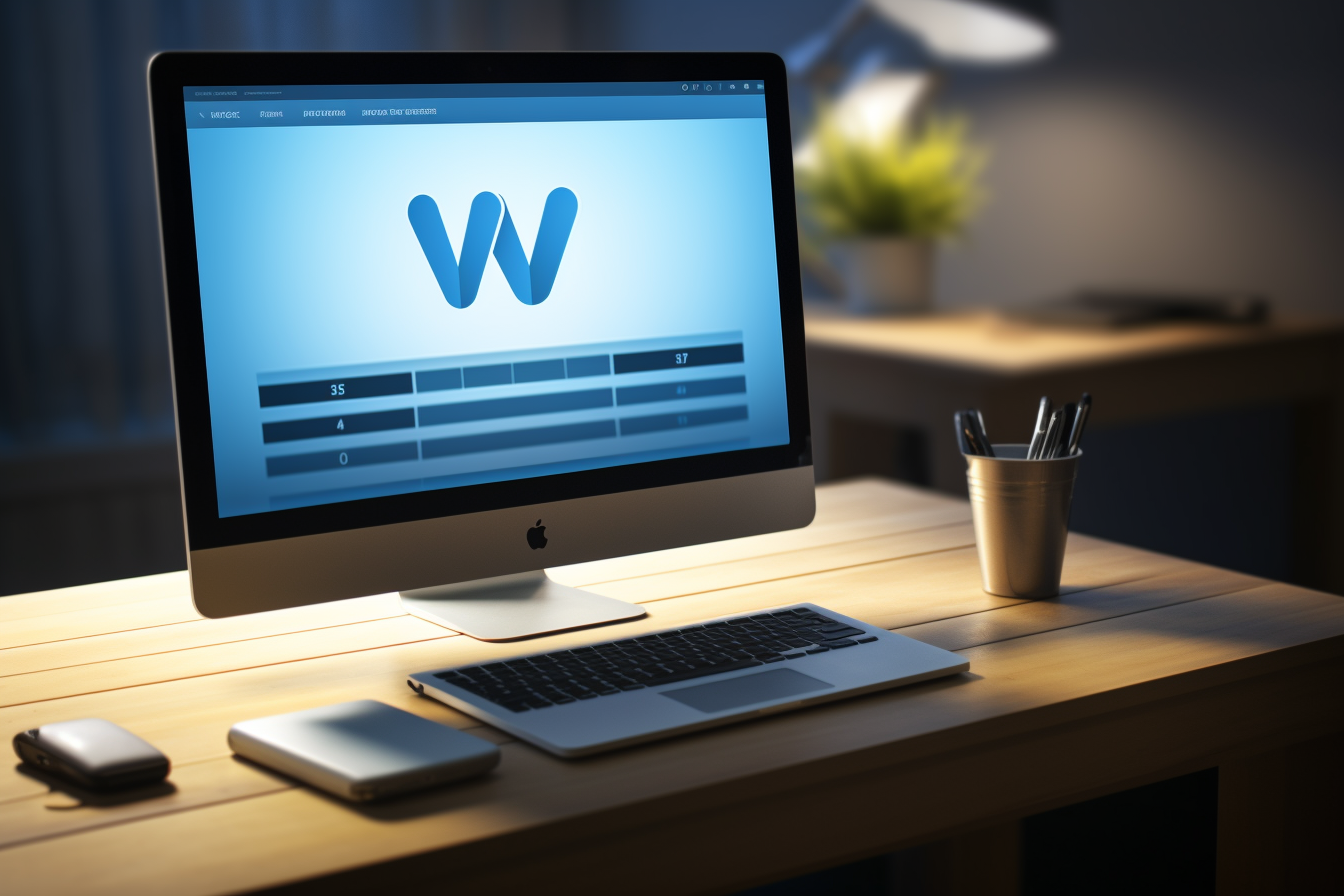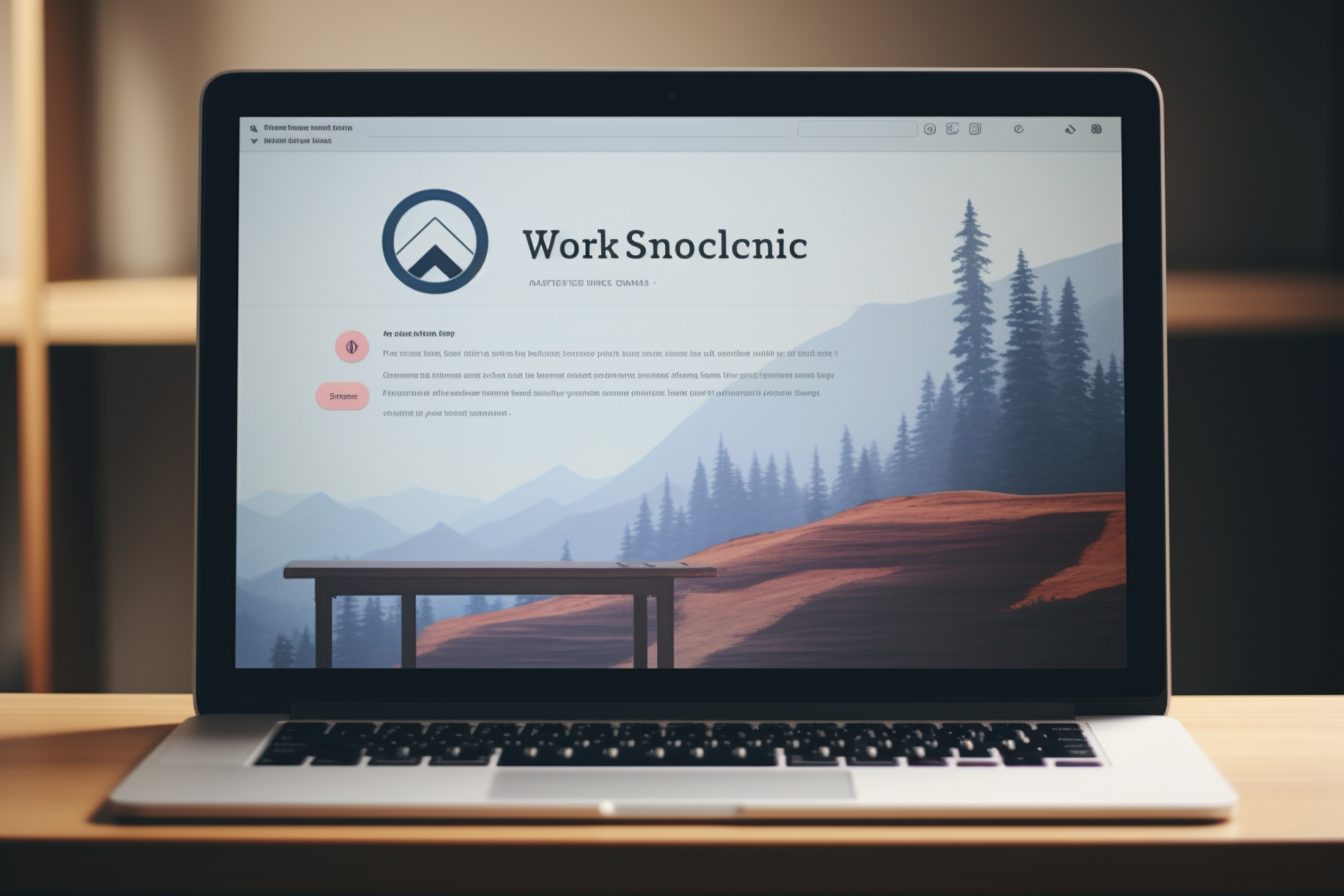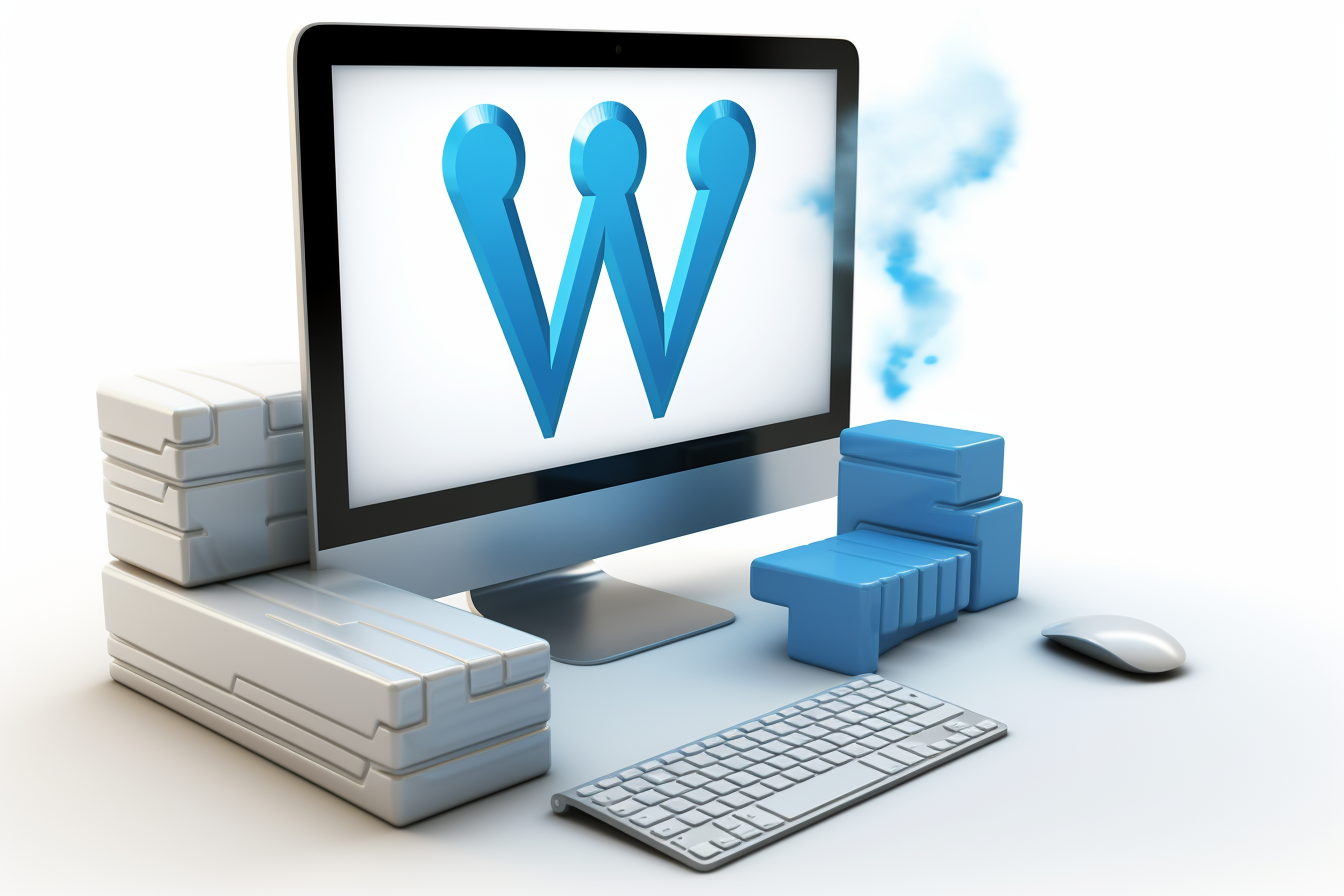Installing WordPress: Step-by-Step Guide
You’ve decided it’s time to build a website and are ready to dive in. But where to start?
With WordPress, of course! It’s one of the most accessible and most flexible platforms out there. Don’t worry if you need to be tech-savvy; this guide will walk you through how to install WordPress, choose the best hosting, troubleshoot common issues, and optimize your site after installation.
Let’s get your website up and running!
Table of Contents
Understanding the Basics of WordPress

Before diving into the installation process, you must frequently familiarize yourself with the basics of WordPress.
What’s WordPress, you ask? It’s a content management system (CMS) that allows you to create and manage your website or blog. It’s user-friendly, making it popular among beginners. You don’t need to know coding or web design.
Its features include customizable designs, responsive mobile sites, and powerful plugins. Plus, it’s SEO friendly, improving your website’s visibility on search engines.
However, remember it’s not just about understanding what WordPress is, but also how it works. You’ll need to grasp its dashboard, its settings, how to post, and how to install themes and plugins.
Master these basics, and you’re all set for the installation process.
Choosing the Right Hosting for WordPress
Despite the array of options, you’ll find that choosing the right hosting for WordPress comes down to understanding your site’s needs and balancing them against cost.
If your site is small and doesn’t need a lot of resources, shared hosting might be a perfect fit. It’s affordable and requires little technical knowledge.
However, if you expect high traffic or need more control over your server, you might consider VPS, cloud, or dedicated hosting. They’re more expensive but offer more resources and flexibility.
Remember, it’s not just about cost. Consider the hosting provider’s reputation, customer service, and available features.
In the end, you’ll want a host that supports your site’s growth and fits within your budget.
Step-by-Step Guide to WordPress Installation

After selecting your hosting, you can proceed with the step-by-step guide to WordPress installation.
First, download the WordPress package from the official website. Unzip the downloaded file to a folder on your local computer.
Now, you’ll need to upload those files to your web server. You can use an FTP program for this.
Next, go to your browser and navigate to your domain name, followed by ‘/wp-admin/install.php.’ This will initiate the WordPress installation.
You’ll be asked to fill in your database connection details. Once done, click ‘Submit’ and you’re on your way.
Follow the instructions on the screen, and you’ll have WordPress installed quickly.
Troubleshooting Common WordPress Installation Issues
You’ll likely face a few common issues when installing WordPress, but don’t worry; we’ve got solutions for all of them.
You might encounter a ‘failed to establish a database connection.’ This usually happens when your database login credentials are incorrect. Simply check your wp-config.php file and correct any errors.
Another issue could be a ‘white screen of death,’ which might be due to a plugin or theme causing a PHP error. To fix this, deactivate all plugins and reactivate them individually to identify the culprit.
Lastly, if you see an ‘internal server error,’ it could be a problem with your .htaccess file. Try renaming it, and if that resolves the issue, generate a new .htaccess file.
Optimizing Your WordPress Site After Installation

Now that your WordPress site is running, it’s time to maximize its performance and enhance user experience. Start by selecting a reliable hosting provider that directly impacts your site’s speed.
Next, install a caching plugin to improve page load times. You should also optimize images before uploading, as large files slow down your site.
Consider using a content delivery network (CDN) to distribute your site’s data to servers worldwide, ensuring quick access for global users.
Regularly update your WordPress theme and plugins to benefit from the latest features and security updates.
Lastly, don’t forget to back up your site regularly to safeguard against potential data loss.
Frequently Asked Questions
How do I install WordPress?
To install WordPress, you will need to follow these steps:
1. Download the latest version of WordPress from the official website. 2. Upload the downloaded WordPress files to your web hosting server, or if you want to install WordPress locally, place the files in your local host folder. 3. Create a database for WordPress. You can do this through your hosting provider’s control panel (e.g., cPanel) or a database management tool like phpMyAdmin. 4. Rename the WordPress folder to your desired name (optional). 5. Open your web browser and visit the URL where you uploaded the WordPress files. If you installed WordPress locally, this would be like “localhost/your folder name.” 6. Follow the WordPress installation instructions provided on the screen. These instructions include entering your database details, setting up an admin account, and customizing your WordPress installation. 7. Once the installation is complete, you can access your WordPress admin dashboard by visiting the “/wp-admin” URL of your WordPress website.
How can I install WordPress locally?
To install WordPress locally, follow these steps:
1. Download the latest version of WordPress from the official website. 2. Extract the downloaded WordPress files to your computer’s local web server (e.g., the “htdocs” folder for XAMPP). 3. Create a database for WordPress using a database management tool like phpMyAdmin. 4. Rename the WordPress folder to your desired name (optional). 5. Open your web browser and visit the local URL where you placed the WordPress files (e.g., “localhost/your folder name”). 6. Follow the WordPress installation instructions provided on the screen, which will include entering your database details, setting up an admin account, and customizing your WordPress installation. 7. Once the installation is complete, you can access your local WordPress site and the WordPress admin dashboard.
Can you show me how to install WordPress manually?
Certainly! Here’s a step-by-step guide on how to manually install WordPress:
1. Download the latest version of WordPress from the official website. 2. Extract the downloaded WordPress files to a folder on your computer. 3. Upload the extracted WordPress files to your web hosting server using an FTP client or the file manager provided by your hosting provider. 4. Create a database for WordPress using your hosting provider’s control panel (e.g., cPanel) or a database management tool like phpMyAdmin. 5. Rename the WordPress folder to your desired name (optional). 6. Open your web browser and visit your website’s URL. You will be redirected to the WordPress installation page. 7. Follow the installation instructions, including entering your database details, setting up an admin account, and customizing your WordPress installation. 8. Once the installation is complete, you can access your WordPress admin dashboard by visiting the “/wp-admin” URL of your WordPress website.
How do I install WordPress on localhost?
To install WordPress on localhost, follow these steps:
1. Download the latest version of WordPress from the official website. 2. Extract the downloaded WordPress files to your computer’s local web server (e.g., the “htdocs” folder for XAMPP). 3. Create a database for WordPress using a database management tool like phpMyAdmin. 4. Rename the WordPress folder to your desired name (optional). 5. Open your web browser and visit the local URL where you placed the WordPress files (e.g., “localhost/your folder name”). 6. Follow the WordPress installation instructions provided on the screen, which will include entering your database details, setting up an admin account, and customizing your WordPress installation. 7. Once the installation is complete, you can access your local WordPress site and the WordPress admin dashboard.
How do I upload WordPress files to my web hosting server?
To upload WordPress files to your web hosting server, follow these steps:
1. Download the latest version of WordPress from the official website. 2. Extract the downloaded WordPress files to a folder on your computer. 3. Connect to your web hosting server using an FTP client like FileZilla. 4. Navigate to the desired directory to install WordPress (e.g., public_html or a subdirectory). 5. Upload all the extracted WordPress files to the selected directory on your server. 6. Once the upload is complete, you can access the WordPress installation page by visiting the URL where you uploaded the files.
Conclusion
So, you’ve mastered the basics of WordPress, chosen your hosting, and successfully installed WordPress. Even tackled some common issues and optimized your site. Great job!
Remember, learning doesn’t stop here. WordPress is a dynamic platform, so keep exploring and enhancing your skills. Ensure your site is always up-to-date and user-friendly.
The journey may seem challenging, but with patience and practice, you’ll become a WordPress pro in no time.
Happy blogging!













